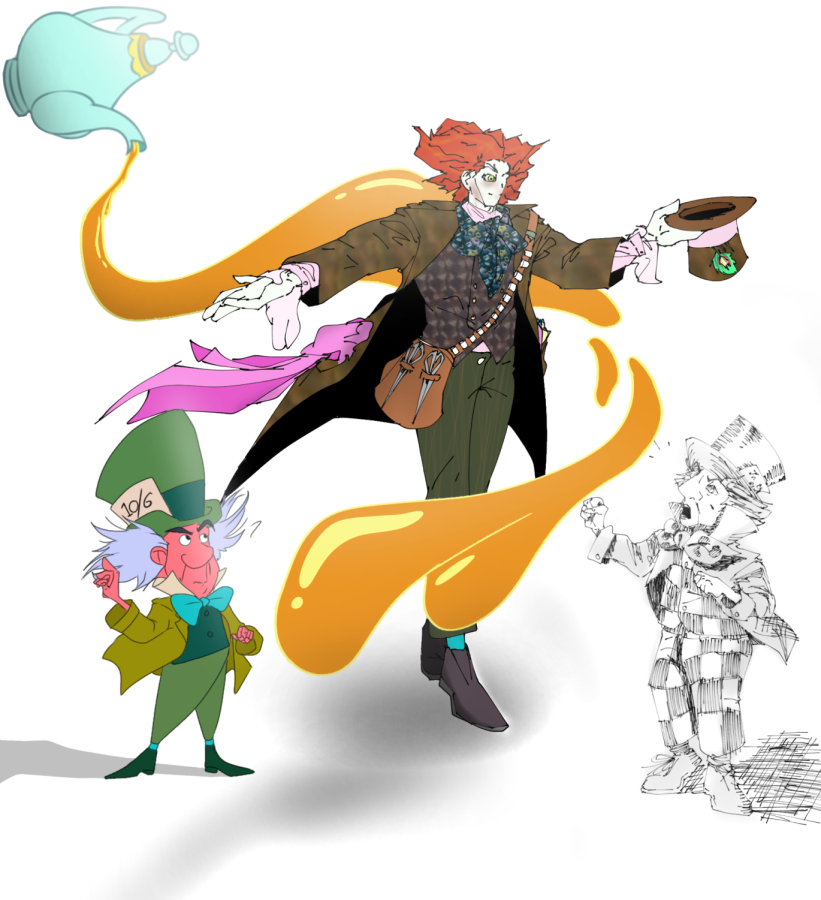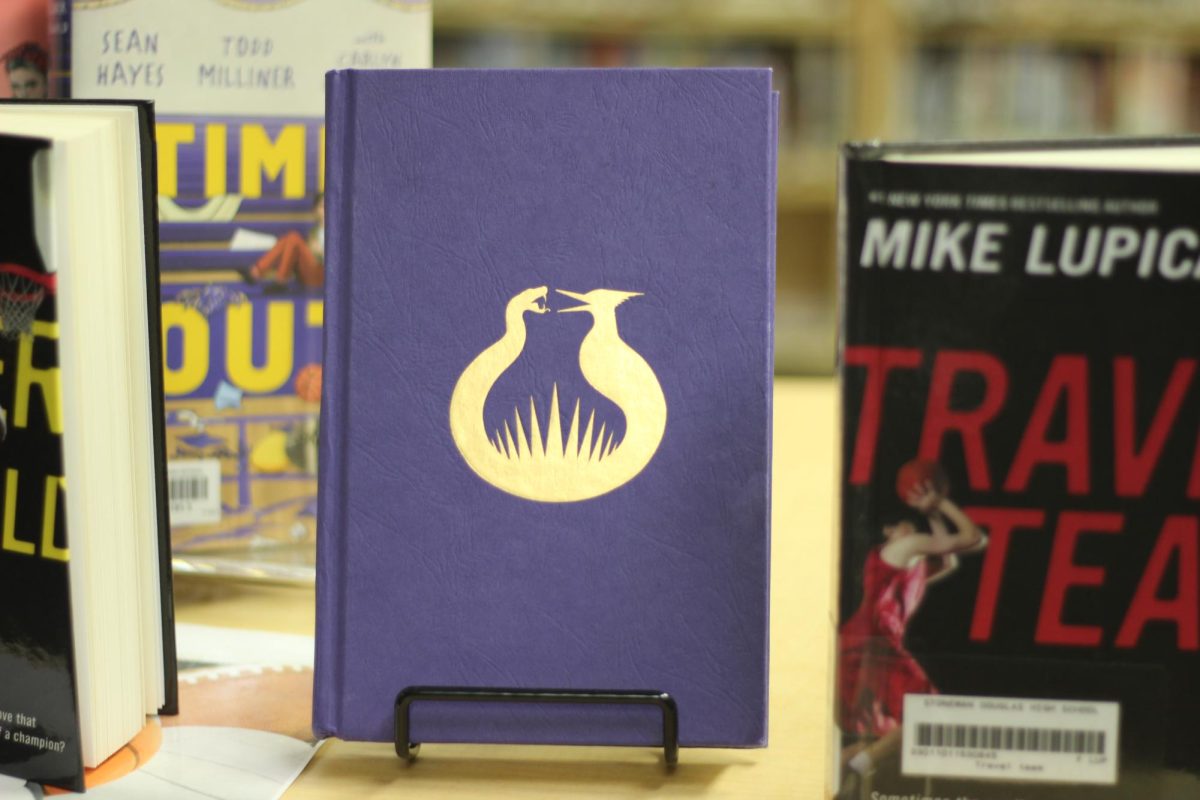[Opinion] Film adaptations wrongly cast actors to make unpopular characters seem likable
Films cast traditionally attractive actors to portray side characters and villains.
December 20, 2022
When writing a book, authors often use detailed descriptions to paint a picture of the settings and characters. Many book villains and their sidekicks are represented as unattractive, unconventional and unimportant compared to the protagonist. Yet, film adaptations have gone against these traditions and characterizations by starting to cast conventionally attractive actors to play villains.
The name for this phenomenon is adaptational attractiveness, which is casting a conventionally attractive actor to play roles that were written specifically to be unattractive or displeasing. Adaptational attractiveness disregards the characterizations designed for the specific characters and sometimes, if not most, ruins the story the author created.
The image of a character is as important as their dialect and fashion choices. A description can make or break the background of a character. In film adaptations today, most actor appearances are noted as odd casting choices for specific characters.
For example, in the ‘Harry Potter’ books, Hermione Granger was described with buck teeth, frizzy hair and only ‘pretty enough.’ The only time she was recognized as beautiful was the Yule Ball; yet, the actress who played Granger in the films was Emma Watson, a conventionally attractive actress that did not fit the description from the books.
Casting a conventionally attractive actor highlights their features rather than their talent and the character they are supposed to be portraying. However, directors believe casting in this direction will increase the amount of viewers, but do not think of individuals that care for the true characters.
Directors often feel the need to contribute their artistic vision in the wrong places. An author’s character description should not be touched by a director, as they are already fit to their personalities.
It is not fair for readers to develop a level of comfort in a book and then have it taken from them when it is made into a film. Like most, adaptations are entirely different from the novels they originated from, but readers hope that their beloved characters stay the same. It seems to be more reasonable to create a new concept that would disappoint many fans rather than recreating a book.
Adaptational attractiveness is not only present in unconventional characters, but antagonists and anti heroes as well. These characters are more often than not described with unattractive features that should create a level of dislike. When movies are filmed, villains are casted with attractive actors to make them seem more appealing. Many antagonists are favored over the ideal hero just because they are good looking. Wolverine from “X-Men” is an example of this. Wolverine is described as stocky and short, yet Hugh Jackman played him in the live action film.
There are also many reasons that adaptational attractiveness can be problematic. If a character is described as being plus-sized, a person of color or of the LGBTQ+ community and those characteristics are not translated into the live action, many can take that to offense. Readers relate to characters from books they have read, but when traits they see in themselves are not in their favorite characters anymore, it can be hurtful.
Book adaptations should be left alone unless they are done justice, meaning letting the author have creative vision as well as the director. The films belong to the viewers just as they belong to those who worked on them.











